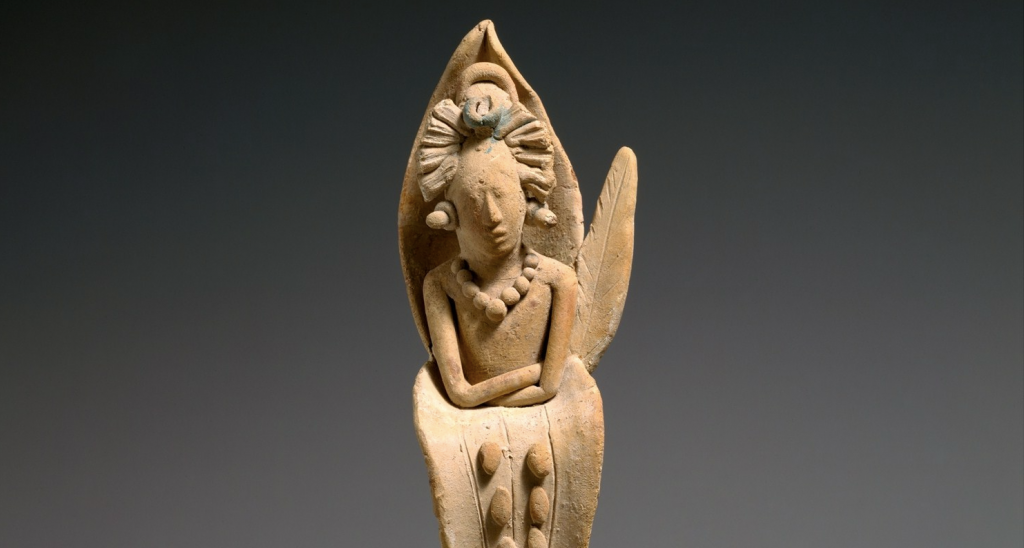Beginning this course marks a return to formal education for me, 13 years after finishing my undergraduate degree. And while I know I have gained a lot of knowledge and skills in that time, beginning to read the course literature has got me thinking about how we accumulate knowledge.
In our week 2 readings and session, we considered how we navigate libraries in search of information. J. Jordan’s study room guide ‘In the Footnotes of Library Angels’ (2006) is a playful, accordion-like text that unfurls generously with possibilities. There’s a sense that through the accumulation, processing and implementation of knowledge – as art, as activism – we can wake ourselves up, become embodied, alive and active forces for good in the world.
Foraging for my own information, I followed another unfurling path that led me to Robin Wall Kimmerer’s book ‘Braiding Sweetgrass’. Another delightful and generous text that inhabits the form of its own narrative. She too writes of the importance of processing knowledge as art and as stories in order to convey meaning, so that we can live more conscientiously and responsibly in the world. I was struck by her centring of gratitude and reciprocity, and her arguments for how ancestral knowledge and storytelling can develop these traits.
As I read these texts, I’m conscious of how I am interpreting and absorbing the information and perspectives they hold. They say that in the echo chamber of the digital information age, we latch onto our core beliefs and then look for information that reinforces them. These texts are full of ideas and perspectives articulated in ways that feel new to me, but neither seems to disagree with my worldview. I don’t, if I’m honest, feel like I’m expanding my mind. Am I resisting that expansion by looking for familiar concepts to latch on to; for ways to understand these ideas within my existing knowledge framework and experiences?
Or maybe knowledge growth has to be incremental. Maybe like a tree trunk growing up and outward, forming rings around itself, it needs to be built on top of the existing form and structure. The new information shaped by the information that came before in a slow, barely perceptible process.
Some questions that remain:
- How do we absorb new information and perspectives in relation to the existing information we hold (our context)?
- Do our stores of knowledge simply grow over time (linear) or is there a simultaneous process of forgetting, of reformation, shape-shifting, restructuring (complex)? How does this relate to intergenerational knowledge?
- What does it take for a new piece of knowledge to genuinely shift our perspective (or change our context)?1
- How can we know if a piece of information or a perspective is genuinely not new to us, or if we’re finding a way to morph it so that it fits with our existing worldview?
- Can we practice hearing and being receptive to new ideas? How?
- What is the difference between acquiring knowledge through reading and acquiring knowledge through conversation/interaction? Where does art sit in this?2
- What constitutes knowledge?

- Goodwin, C; Duranti, A, eds. (1992) talks about how context emerges and evolves through communication and interaction. Participants in conversations actively create and modify the context as they engage with each other. ↩︎
- In head of CSM Rathna Ramanathan’s talk on Intercultural Practices she shares the work of Tara Books who describe their publications as a conversation between those who make it and the reader. ↩︎

Leave a Reply